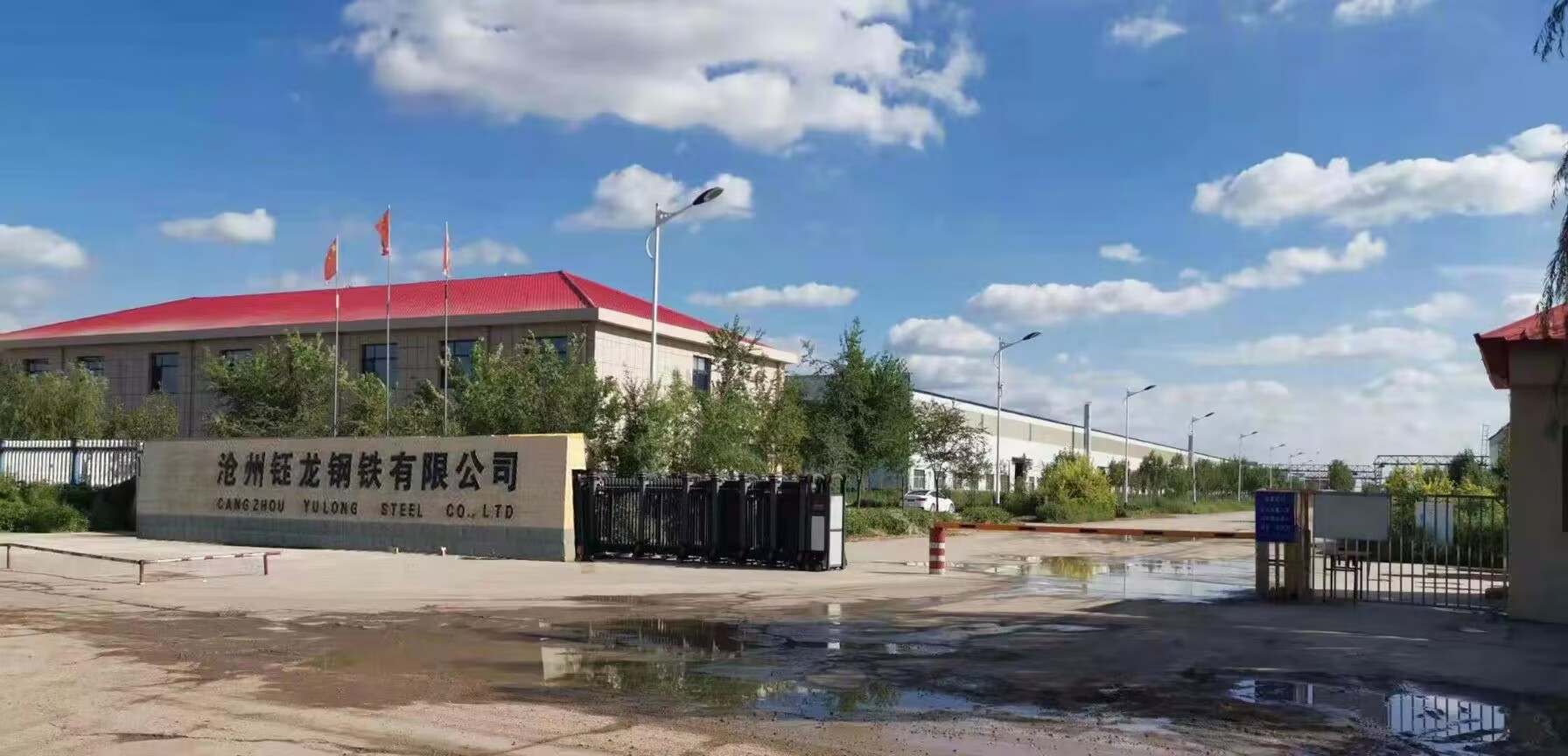-
Cangzhou Yulong Steel Co., Ltd.
-
Phone:
+86 13303177267 -
Email:
admin@ylsteelfittings.com
- English
- Arabic
- Italian
- Spanish
- Portuguese
- German
- kazakh
- Persian
- Greek
- French
- Russian
- Polish
- Thai
- Indonesian
- Vietnamese
- Zulu
- Korean
- Uzbek
- Hindi
- Serbian
- Malay
- Ukrainian
- Gujarati
- Haitian Creole
- hausa
- hawaiian
- Hebrew
- Miao
- Hungarian
- Icelandic
- igbo
- irish
- Japanese
- Javanese
- Kannada
- Khmer
- Rwandese
- Afrikaans
- Albanian
- Amharic
- Armenian
- Azerbaijani
- Basque
- Belarusian
- Bengali
- Bosnian
- Bulgarian
- Catalan
- Cebuano
- China
- China (Taiwan)
- Corsican
- Croatian
- Czech
- Danish
- Esperanto
- Estonian
- Finnish
- Frisian
- Galician
- Georgian
- Kurdish
- Kyrgyz
- Lao
- Latin
- Latvian
- Lithuanian
- Luxembourgish
- Macedonian
- Malgashi
- Malayalam
- Maltese
- Maori
- Marathi
- Mongolian
- Myanmar
- Nepali
- Norwegian
- Norwegian
- Occitan
- Pashto
- Dutch
- Punjabi
- Romanian
- Samoan
- Scottish Gaelic
- Sesotho
- Shona
- Sindhi
- Sinhala
- Slovak
- Slovenian
- Somali
- Sundanese
- Swahili
- Swedish
- Tagalog
- Tajik
- Tamil
- Tatar
- Telugu
- Turkish
- Turkmen
- Urdu
- Uighur
- Welsh
- Bantu
- Yiddish
- Yoruba

Dec . 02, 2024 00:49 Back to list
api 5l schedule 40
Understanding API 5L Schedule 40 A Comprehensive Overview
In the world of piping and construction, the terminology and standards can often be daunting. One such important standard is the API 5L specification, which pertains to the manufacturing of line pipes for the transport of oil and gas. When one mentions API 5L Schedule 40, it is essential to understand what it encompasses and its practical implications in various industries.
What is API 5L?
The API 5L specification was developed by the American Petroleum Institute (API) to establish standards for the production of line pipe used in the oil and gas industry. The purpose of this specification is to ensure the safety, reliability, and efficiency of pipes that transport hydrocarbons. The API 5L standard covers both welded and seamless steel pipes and is utilized across critical applications in the oil and gas sector, ensuring the pipes can withstand demanding environments.
Understanding Schedule 40
When discussing pipe dimensions, Schedule refers to the thickness of the pipe wall. Schedule 40 is a commonly used wall thickness, striking a balance between strength and weight, which makes it suitable for various applications, including structural and mechanical purposes. The schedule number gives an indication of the pipe's diameter and wall thickness; for instance, a Schedule 40 pipe will generally have a thicker wall compared to a Schedule 20 pipe of the same diameter.
Dimensions and Strength
api 5l schedule 40

For API 5L Schedule 40 pipes, the dimensions and physical properties are standardized. These pipes come in various diameters and lengths, allowing for flexibility in application. For instance, a 6-inch Schedule 40 pipe has a wall thickness of approximately 0.280 inches. This thickness provides durability to withstand high pressures, making it an ideal choice for transporting oil and gas in pipeline applications.
Moreover, Schedule 40 pipes are designed to endure a range of environmental conditions. The material used often includes carbon steel, which is not only cost-effective but also has good weldability, making it easier to join sections in the field. API 5L pipes are typically categorized into two grades Grade B and X, with Grade X piping offering enhanced strength for high-pressure applications.
Applications of API 5L Schedule 40 Pipes
API 5L Schedule 40 pipes find their use in various sectors. In the oil and gas industry, these pipes are predominantly used for transportation pipelines, where they connect wellheads to processing facilities. Their robust nature means they can handle the high pressure and aggressive nature of hydrocarbons, ensuring safety and continuous performance.
Aside from the oil and gas sector, Schedule 40 pipes are also prevalent in construction, waterworks, and manufacturing. Their versatility allows them to be utilized in irrigation systems, sewage systems, and even in structural applications where strength is crucial. The adaptability of API 5L Schedule 40 pipes makes them an excellent choice for engineers and contractors looking for reliable piping solutions.
Conclusion
Understanding API 5L Schedule 40 is crucial for professionals involved in the procurement, installation, and maintenance of piping systems in various industries. With its focus on quality, strength, and durability, knowing the specifications helps ensure that the right materials are used in the right applications, ultimately influencing project success. Whether in oil and gas transportation, construction, or other sectors, API 5L Schedule 40 pipes are a testament to the importance of standards in achieving safety and reliability in critical infrastructure.
Latest news
-
ANSI 150P SS304 SO FLANGE
NewsFeb.14,2025
-
ASTM A333GR6 STEEL PIPE
NewsJan.20,2025
-
ANSI B16.5 WELDING NECK FLANGE
NewsJan.15,2026
-
ANSI B16.5 SLIP-ON FLANGE
NewsApr.19,2024
-
SABS 1123 FLANGE
NewsJan.15,2025
-
DIN86044 PLATE FLANGE
NewsApr.19,2024
-
DIN2527 BLIND FLANGE
NewsApr.12,2024
-
JIS B2311 Butt-Welding Fittings LR/SR 45°/90° /180°Seamless/Weld
NewsApr.23,2024











